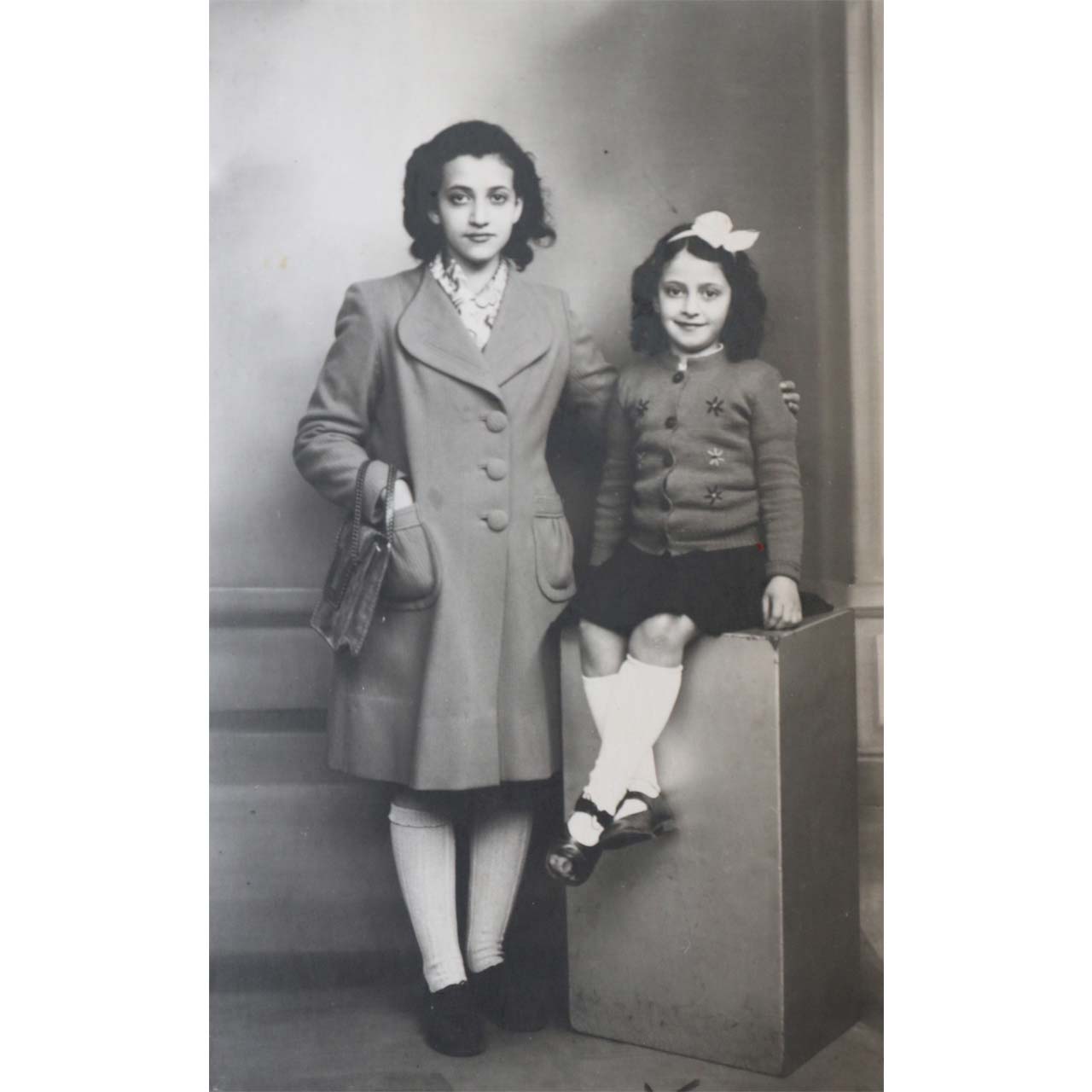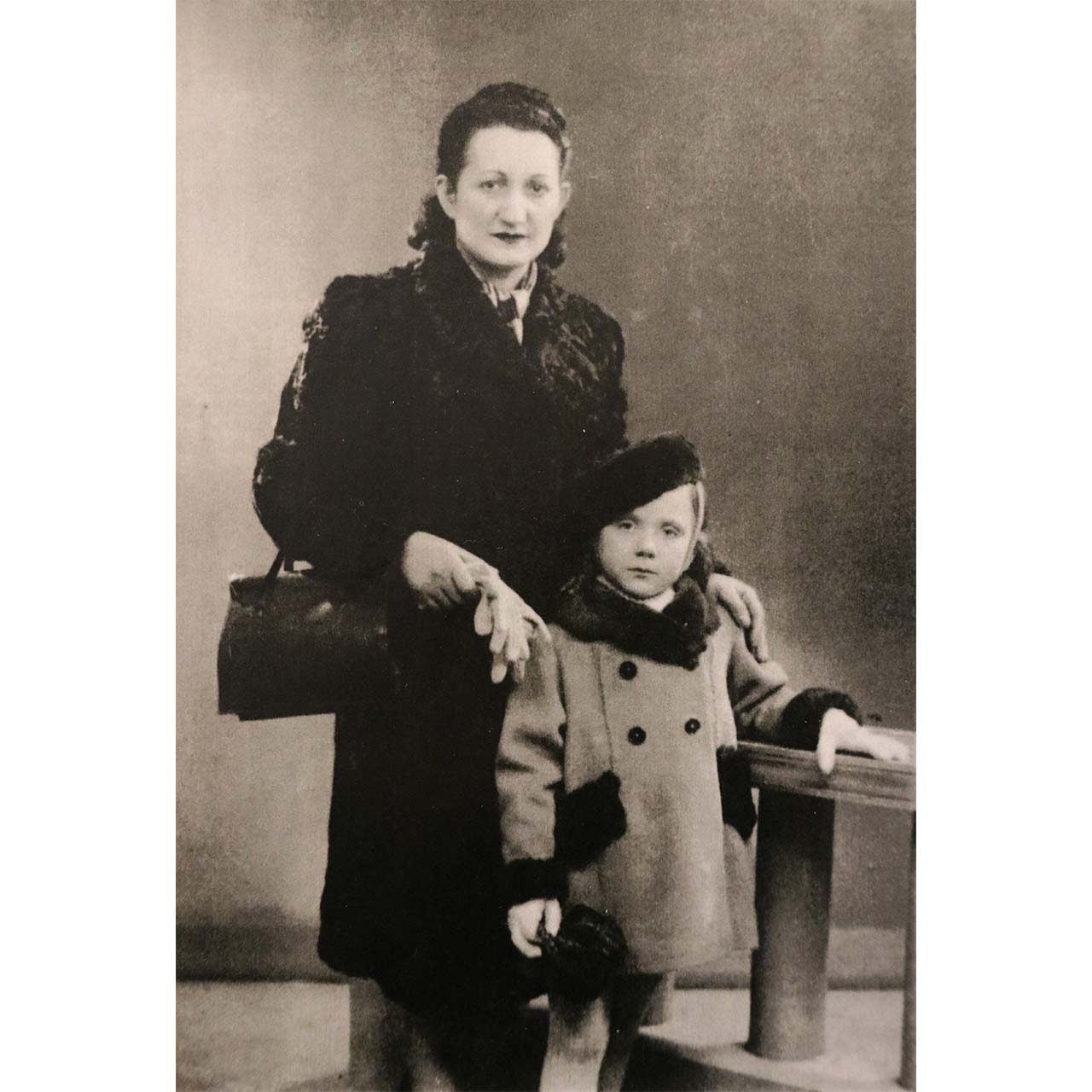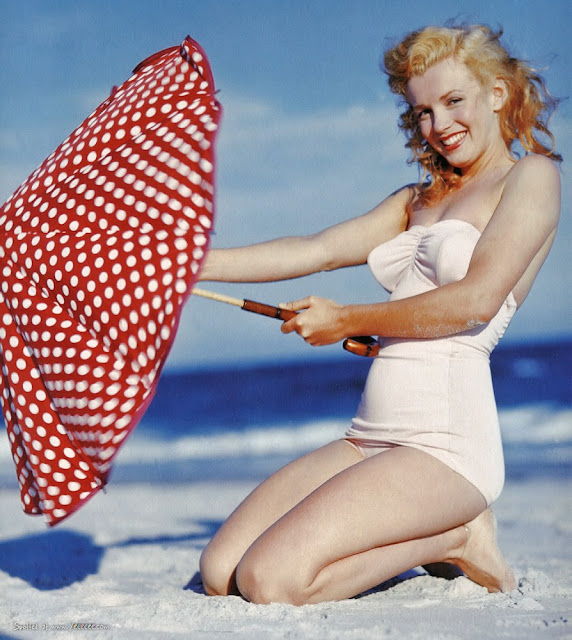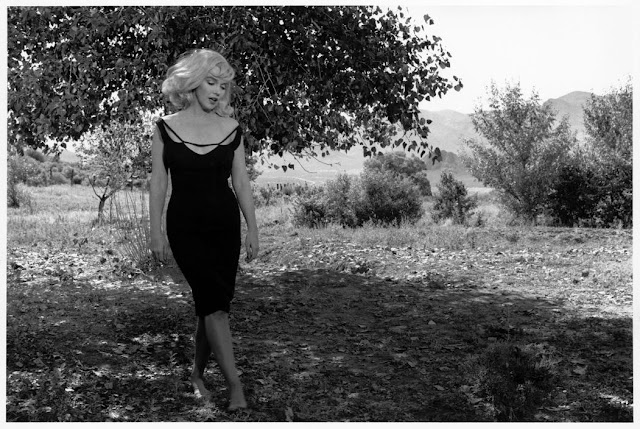Memory is a cloak worn for a lifetime.
A single piece of cloth can become the tenuous thread that connects a person to the past, to love, and to survival.
On that sweltering July morning in 1942, Paris seemed to hold its breath. The sound of footsteps pounding the cobblestones echoed like a death knell through the deserted streets. The Vélodrome d’Hiver roundup—a name that would haunt French history—was sweeping thousands of Jewish families toward a fate they had never dared imagine.
Among them, a mother clutched her little girl’s hand. In the crowd jostled by uniforms and orders shouted in German, her heart pounded with fear. She knew, deep in her soul, that there were only a few moments left before everything would change.
Then, in a gesture both trivial and infinite, she took off her coat. The fabric, too large for the child’s frail shoulders, fell around her like fragile armor. She knelt down, placed her trembling hands on her daughter’s cold cheeks, and whispered in a broken voice,
” Stay warm. Stay alive.”

These words, simple and poignant, became the silent testament of a maternal love stronger than death.
The July 1942 roundup was one of the darkest pages of World War II in France. More than 13,000 people were arrested, the majority of them children. The coat draped over this little girl’s shoulders was not just protection from the cold: it was the last bulwark against oblivion, the symbol of a bond that Nazi brutality sought to shatter.
This anonymous mother, in the heart of Paris, embodies the voice of all those whom history has not named. Thousands of them sacrificed everything they could to give their children a chance, however small.

The child survived. She passed through camps, through hunger, through fear. But always, she clutched this worn, frayed coat, imbued with her mother’s vanished scent. Every fold of the fabric bore the trace of love, every seam a silent prayer.
This seemingly ordinary garment became a relic. Not of gold or precious stone, but woven with human warmth, resilience, and memory. When the whole world was crumbling into barbarism, this coat became proof that maternal tenderness could survive the worst darkness.
Years later, in a rebuilt but haunted Paris, the girl, now a woman, opened a wardrobe and stroked that coat again. She showed it to her children, then to her grandchildren.
” This is not just a garment,” she said. “This is my mother’s last embrace.”
And in the silence of their gaze, she knew that history would not be erased. For memory does not exist only in history books: it is transmitted in objects, in gestures, in these stories that we repeat so that future generations never forget.
The Holocaust left millions of scars, both visible and invisible. But amid the destruction, some tiny gestures became beacons of humanity. This coat is one of its most poignant symbols.
He reminds us that survival is not only measured in years lived, but also in love preserved, in warmth transmitted despite the cold of the camps and exile.
Today, in museums of memory, in the testimonies of survivors, in the archives of the Shoah, simple objects tell the unspeakable. A coat, a pair of shoes, a yellowed photograph… Each one becomes a silent cry, a plea addressed to the future: Do not forget.
This Parisian mother’s coat, passed down like a personal relic, is more than a memory: it’s a lesson. It says that even in the darkest night, love has the strength to endure. And that no war, no regime, no barbarity can erase it.




